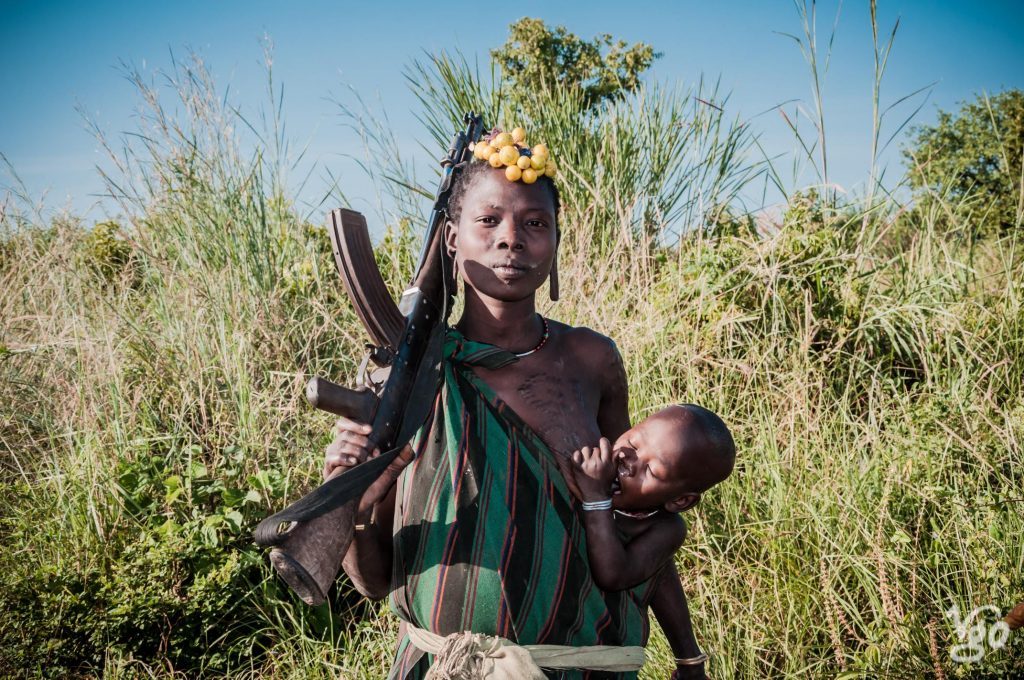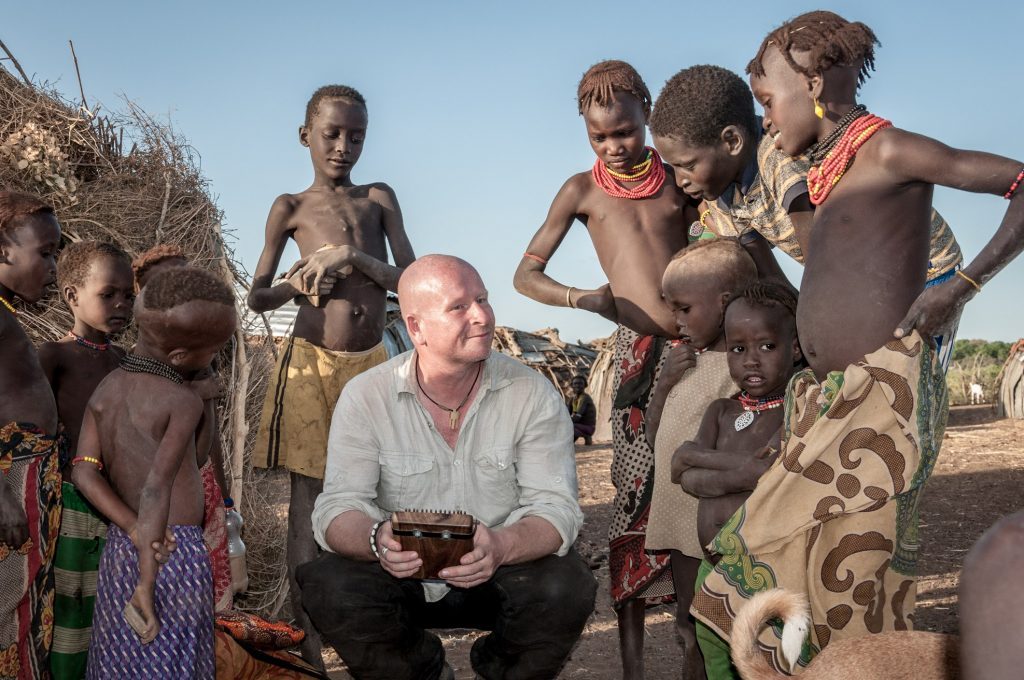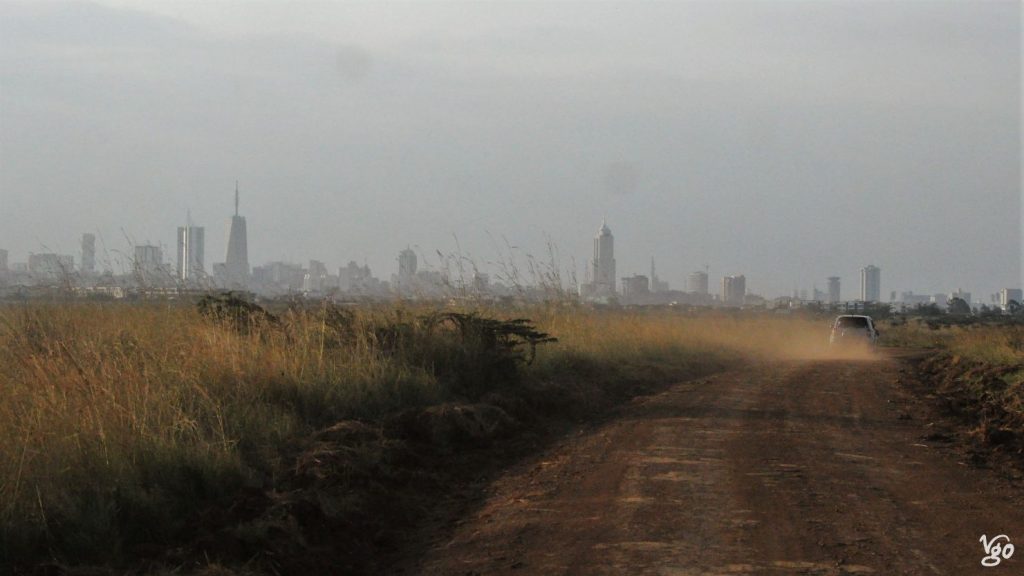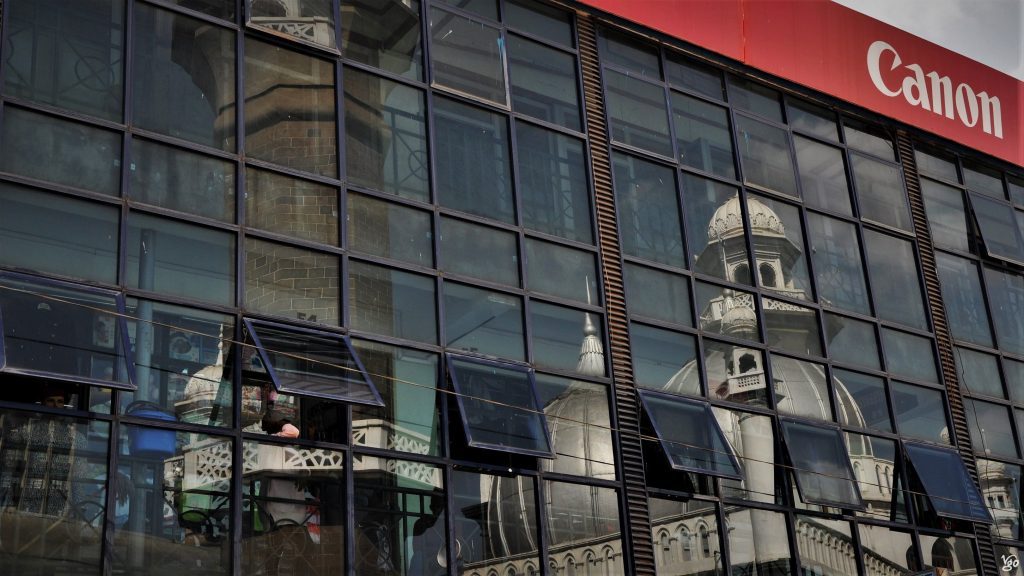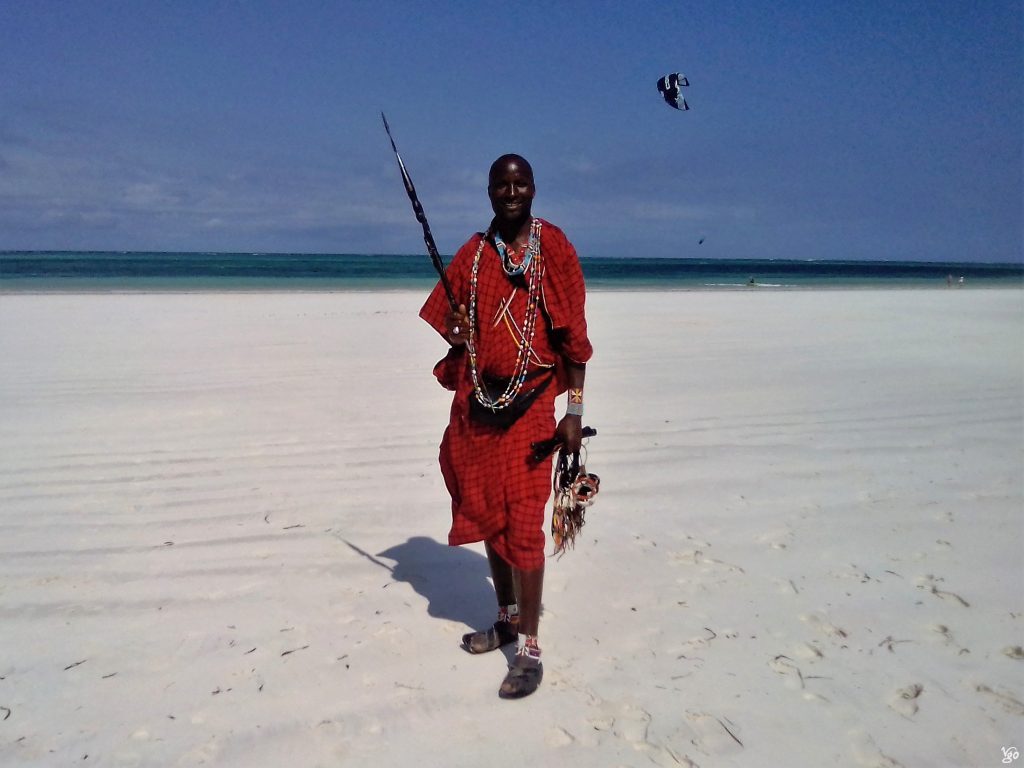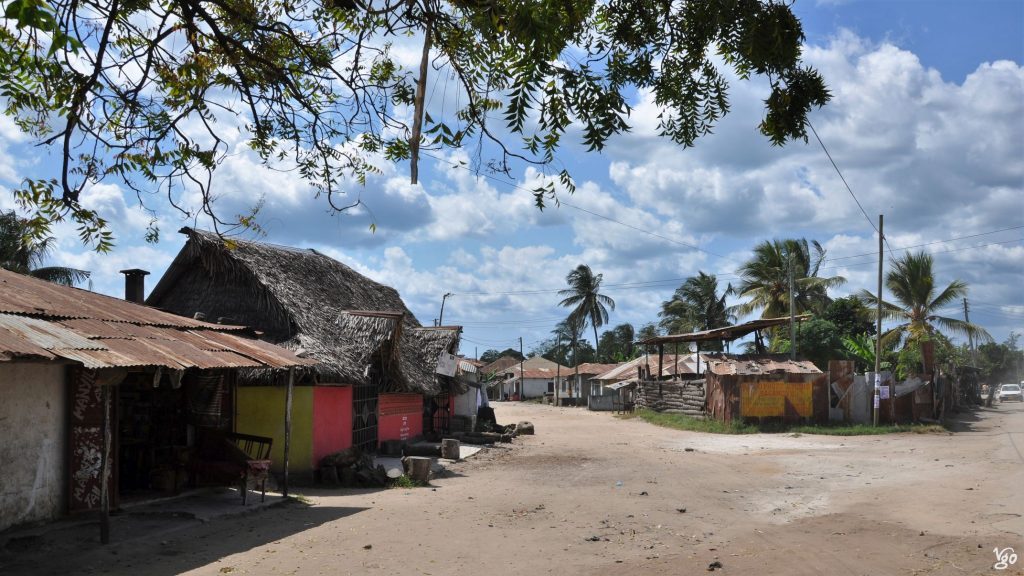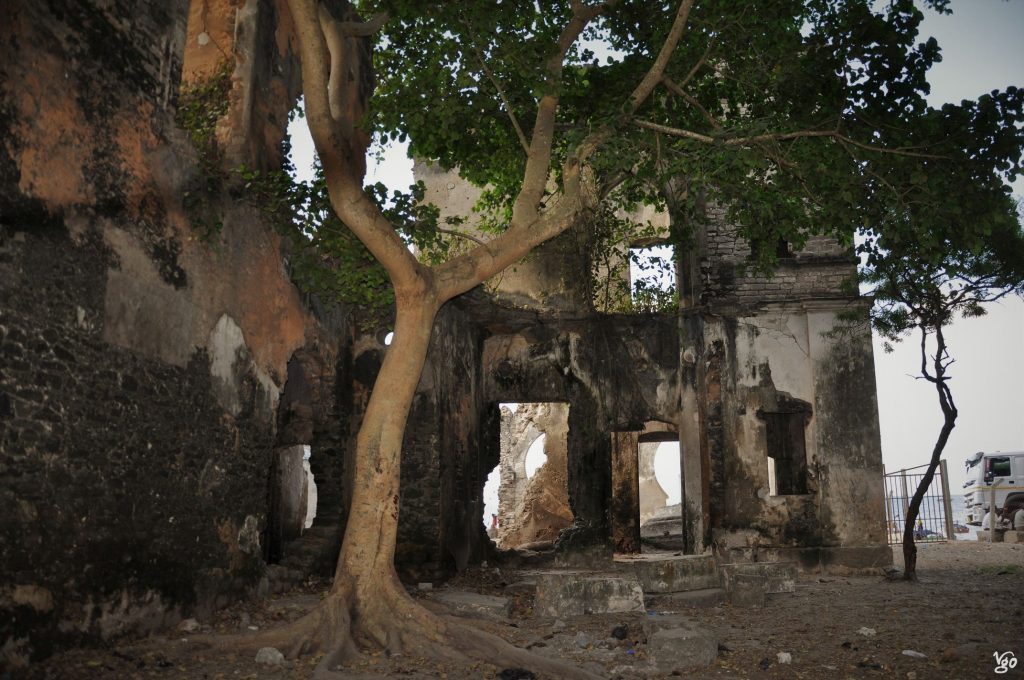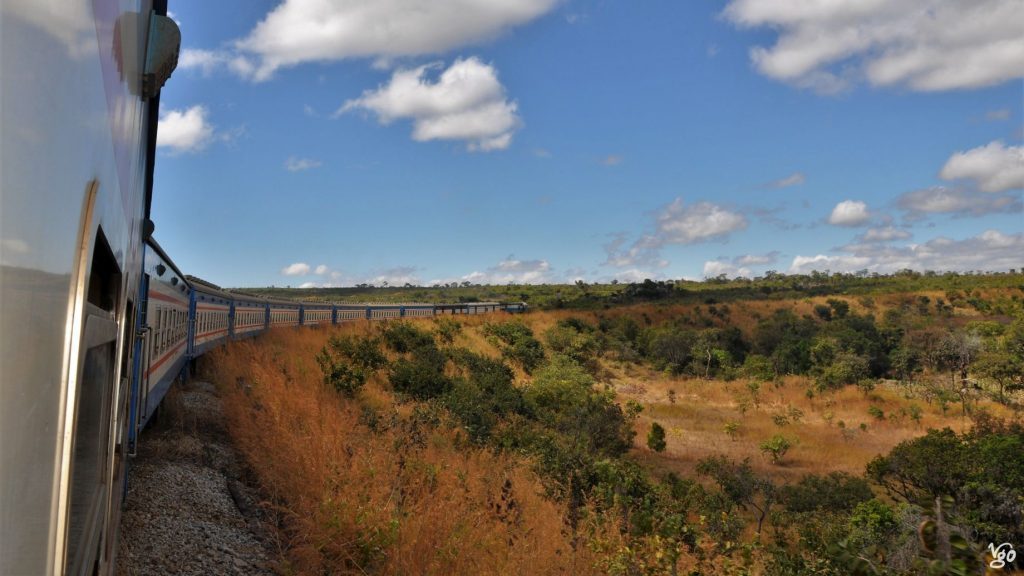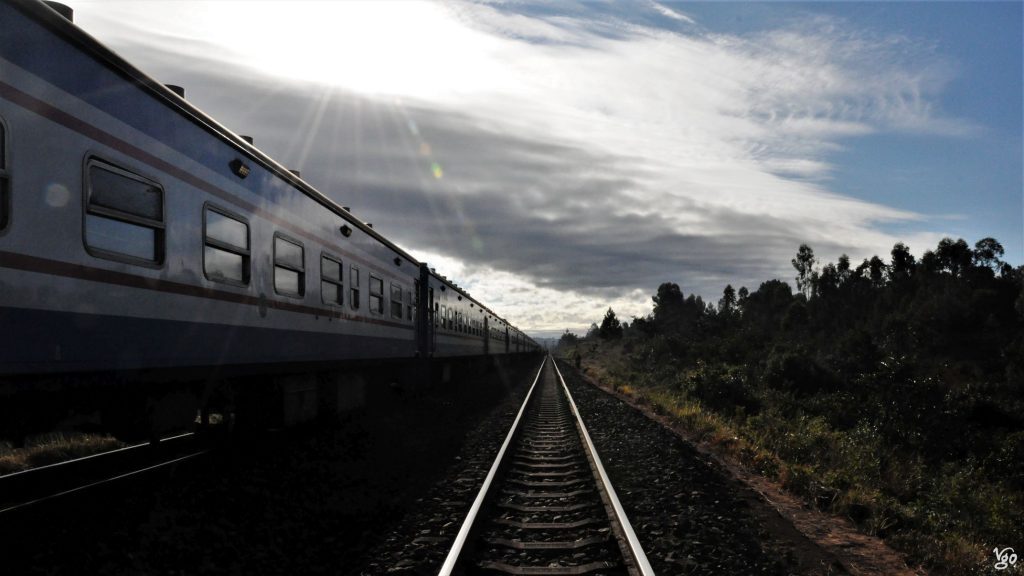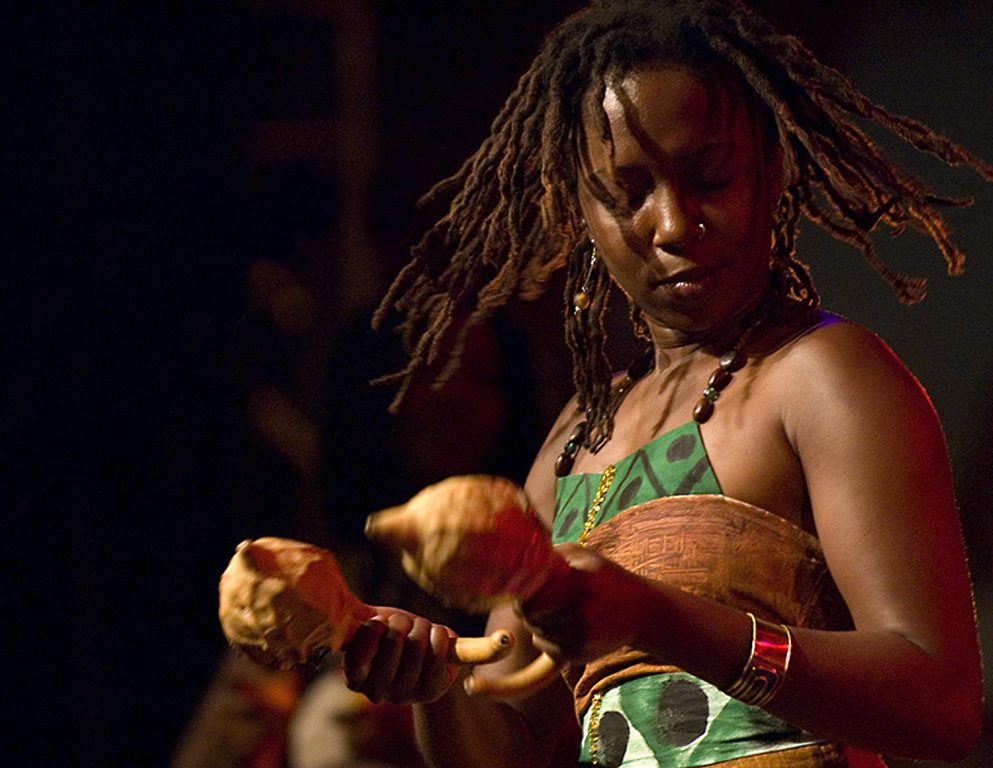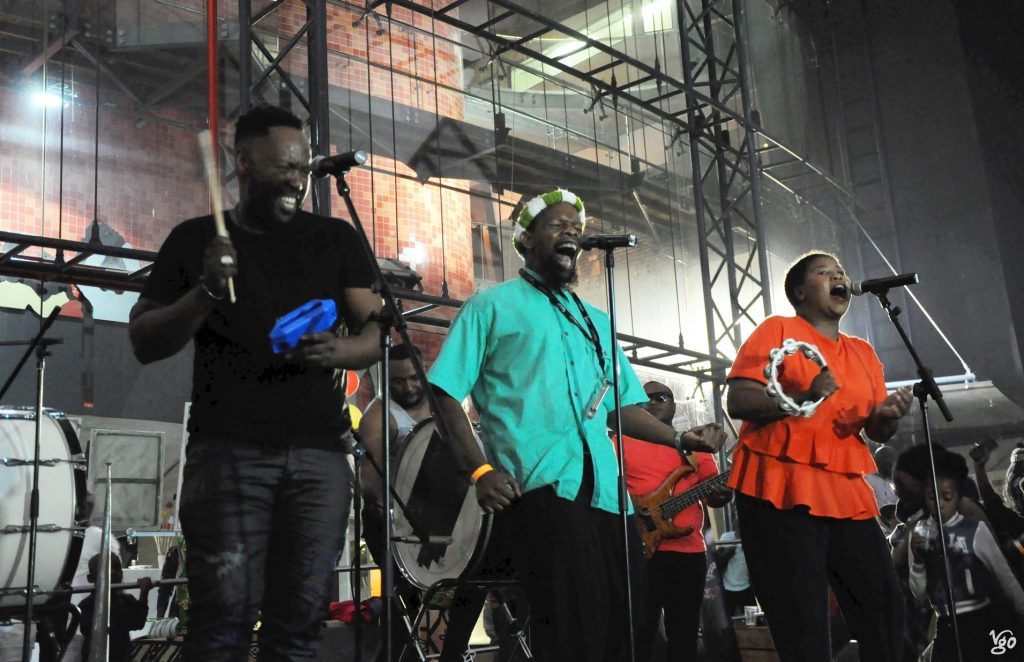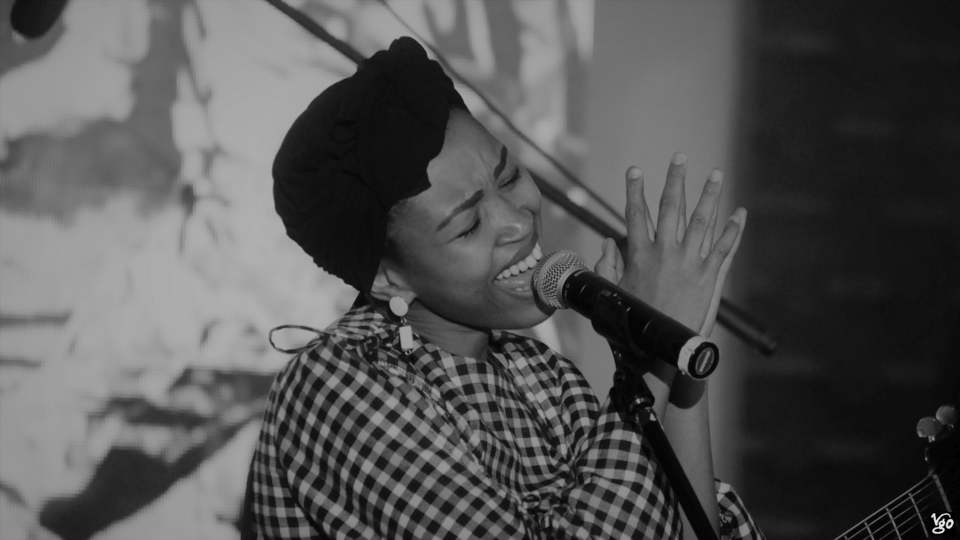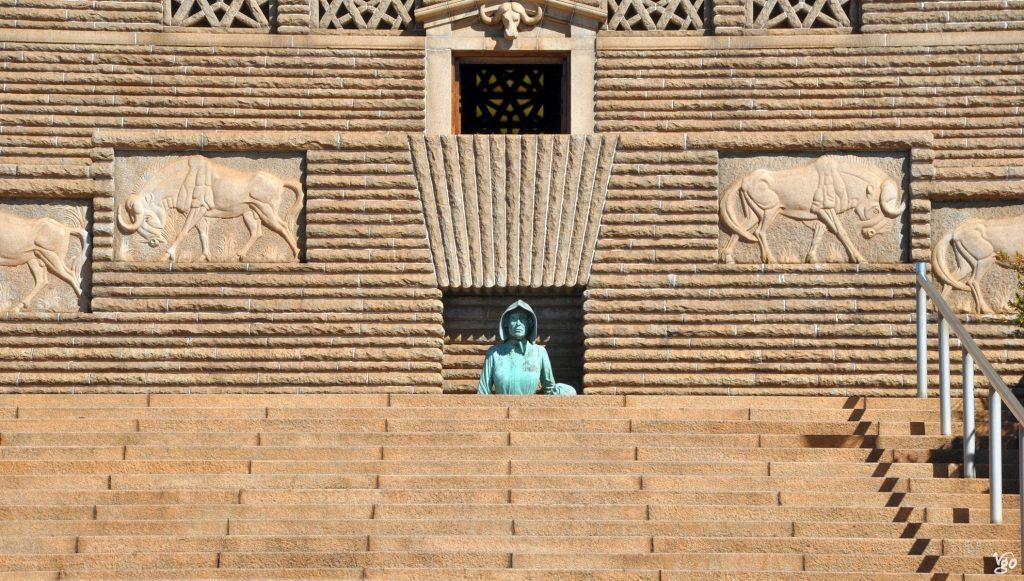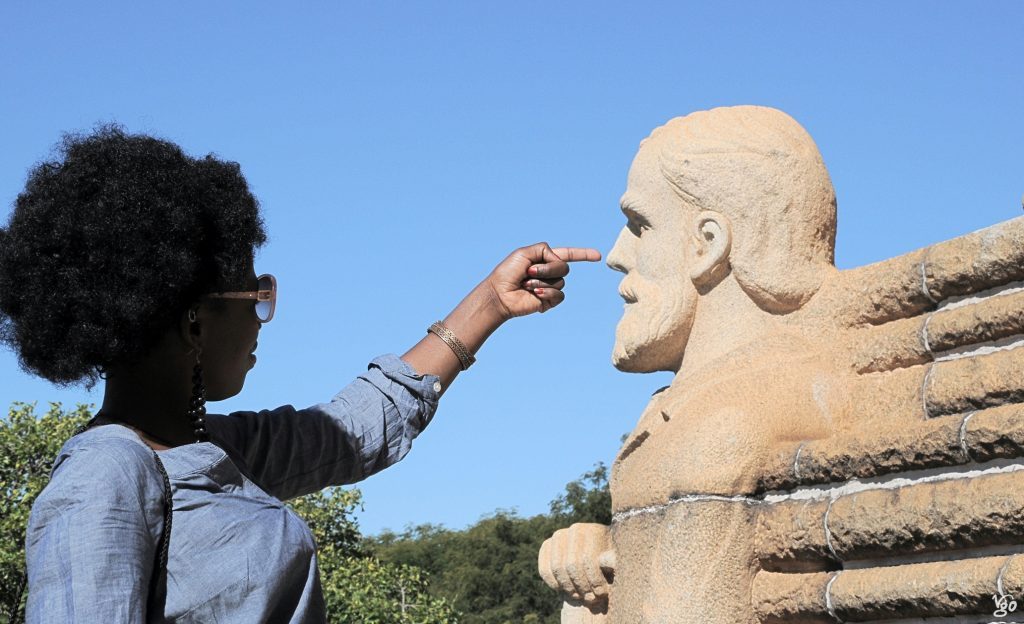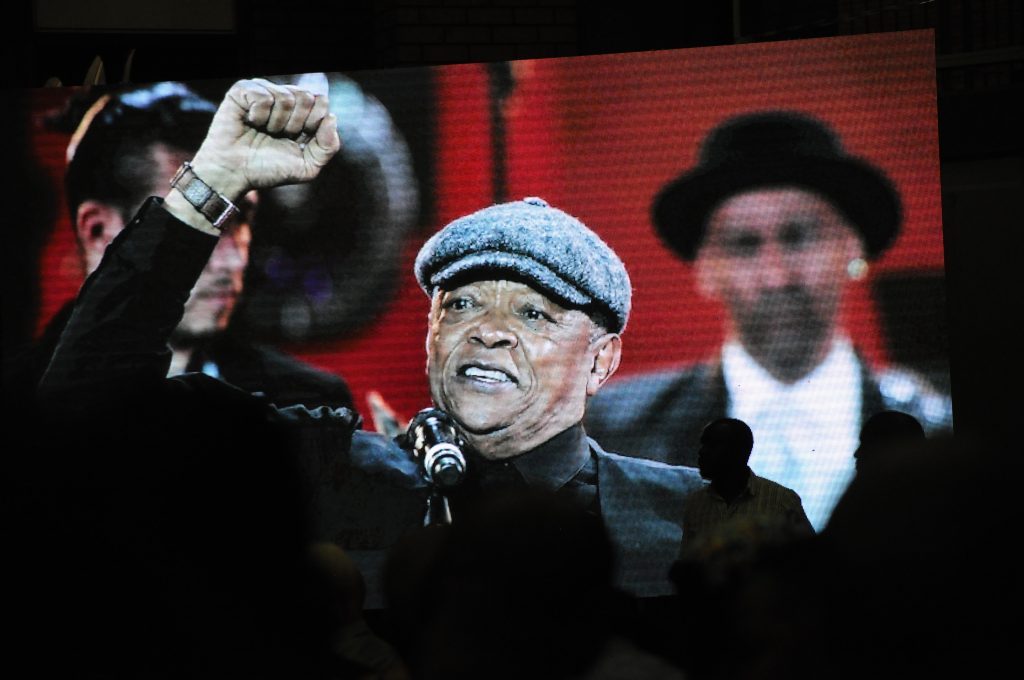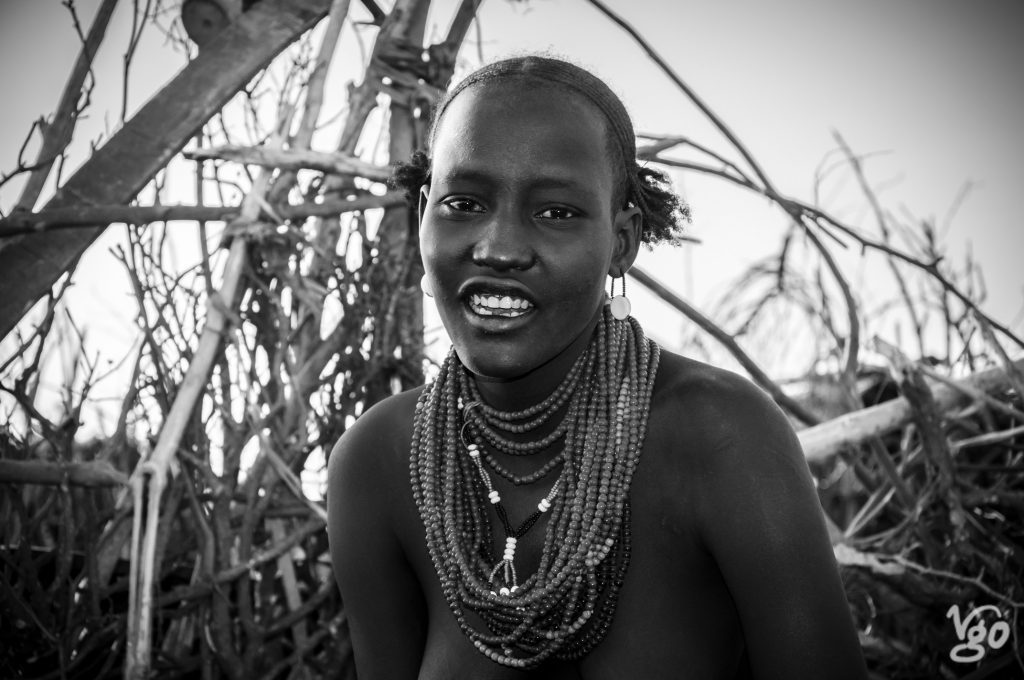
Ethiopia’s Southern Nations, Nationalities, and Peoples’ Region along with the area around Lake Turkana in northern Kenya is one of the candidates for being the cradle of humankind, as some major discoveries that have been made here suggest. Since it is also a region with an incredible diversity in tribal cultures, it has been referred to as a (live) museum of human cultures. I found traveling here truly exciting, though not free from major challenges. I don’t mean the usual challenges of logistics, food and health or such like, even though they are more pronounced here. Rather, traveling here has exposed me to significant questions concerning the role of tourism, and tourist-tribe members interaction in a region where ritual infanticide and the ritual whipping of women is practiced. I have written about this in a separate post. So here’s a first glance only.
